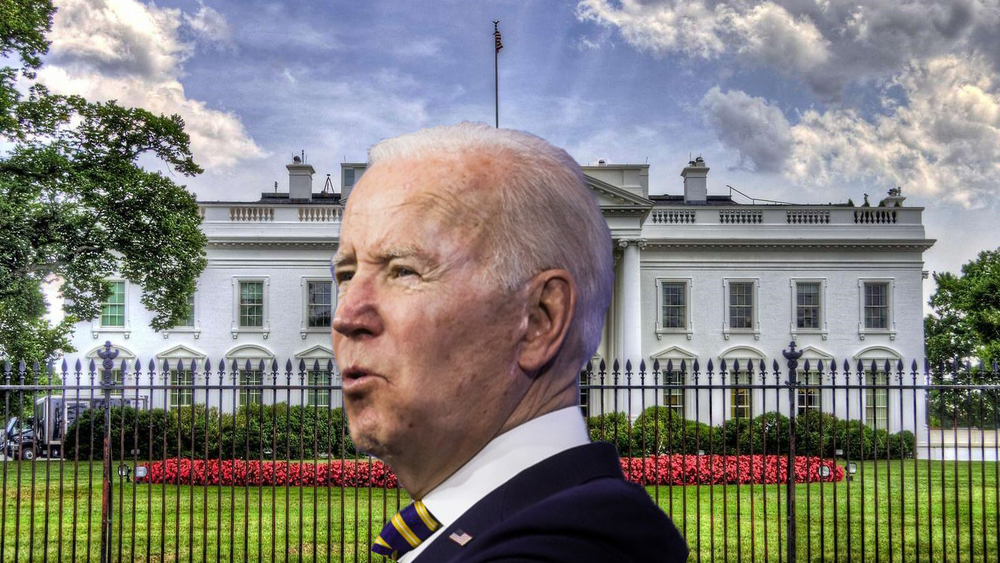
Trump’s 2nd Supreme Court Pick Defies Expectations
Trump's 2nd Supreme Court Pick Defies Expectations

WASHINGTON —
President Donald Trump has boasted that adding two conservative justices to the U.S. Supreme Court is among his biggest achievements.
However, one of Trump’s picks hasn’t quite followed the script.
Since being sworn in last October, Justice Brett Kavanaugh has defied the expectations of some by occasionally breaking with the court’s conservative bloc to join liberals such as Justice Stephen Breyer.
An analysis of Kavanaugh’s 22 early decisions shows that he’s stuck close to Chief Justice John Roberts, who has been gradually carving a more moderate path during the Trump era.
"The expectation was that he would probably be in the same or similar voting sections with his conservative colleagues more often than he would be with his liberal colleagues," said Adam Feldman, a court watcher who runs the blog Empirical SCOTUS.

Feldman, who conducted the analysis, said "the fact that [Kavanaugh] joined with the liberals in a higher percentage of decisions, in total, this term is somewhat surprising."
To be sure, it’s too early to draw conclusions based on such a small number of cases. Still, conservatives are less effusive of Kavanaugh’s record compared with Trump’s other pick, Justice Neil Gorsuch.
Gorsuch is often compared to the late Antonin Scalia, the court’s conservative intellectual anchor whom he replaced in 2017, while Kavanaugh veers to the right of Anthony Kennedy, the centrist former justice whose seat he occupies.

"Justice Kavanaugh, so far has been cautious in the sense that he usually almost always joins the majority," said Curt Levey, president of the conservative Committee for Justice.
"He’s voted the same as Roberts in the vast majority of cases," Levey said, "and Roberts has slowly been drifting towards the center."
Last summer, Kennnedy, a Republican appointee who had cast the decisive vote in a number of consequential cases in recent years, announced his retirement. Trump named Kavanaugh, who like Gorsuch had once been a law clerk for Kennedy, as his replacement.
Democrats worried Kavanaugh’s solidly conservative record as an appeals court judge in the Washington, D.C., circuit would threaten landmark rulings on abortion, gay marriage and other progressive causes.
The court has yet to decide more than half of the cases it has heard this term, which ends in June. Pending matters include such controversial issues as partisan gerrymandering of congressional district boundaries and whether to include a citizenship question in the 2020 census.
'Comfort' on the bench
Kavanaugh entered the court amid heated allegations that he had sexually assaulted a woman while in high school. He strenuously denied the accusations, and a divided Senate eventually confirmed him by one of the narrowest margins for a Supreme Court justice in history.
But if Kavanaugh was rattled by the experience, he didn’t show it on the day he joined the court last October. The justices heard arguments in two cases about a little-known law that stipulates steep sentencing to people who have committed certain offenses in the past.
Jeffrey Fisher, a special counsel at the O'Melveny law firm and a professor at Stanford Law School, argued one of the cases. He said he was struck by how at ease Kavanaugh appeared, sitting next to liberal Justice Elena Kagan, as he has every day since.
"You would never know whether he had just been confirmed 99 to nothing in the Senate or what we ended up having," said Fisher, who has argued 38 cases in the Supreme Court, including three this term. "His comfort with the legal issues showed through right away."
By all accounts, that level of comfort has continued. So too has Kavanaugh’s budding alliance with Roberts.
Conservative and liberal leanings
In December, Kavanaugh joined the chief and the four liberal justices in declining to review lower-court rulings that blocked efforts to defund Planned Parenthood, which supports abortion rights.
In a February, in a case known as Garza v. Idaho, Kavanaugh and Roberts joined the liberal wing to vote in favor of an Idaho inmate’s right to appeal even after he waived the right.

And in a March, Kavanaugh voted with the liberal to rule that manufacturers of asbestos-dependent equipment used on Navy ships had a duty to warn their users.
On more contentious issues, however, Kavanaugh has aligned with the conservative majority.
In March, he joined a 5-4 conservative ruling that the government could hold indefinitely immigrants who have completed sentences for crimes that subject them to deportation. This month, he joined them again to reject a death row inmate’s claim that Missouri’s execution method inflicts unconstitutionally cruel pain.
There is talk that the entente between Kavanaugh and Roberts could foil a rightward move of the court. But Levey said Kavanaugh and Roberts have their own reasons for being cautious.
"Roberts because he’s the chief justice and he wants the court to be seen as not extreme, and Kavanaugh because he’s new on the bench," Levey said.
Fisher added that if anything, the court has moved incrementally to the right.
"And the reason I would say that is that we haven’t yet seen Justice Kavanaugh cast a deciding vote with the liberals," Fisher said, "which is something Justice Kennedy used to do from time to time."
 Biden Surges into Lead in Democratic Primary RaceNext PostDecades-old Fight for Women’s Equal Rights Goes Before US Lawmakers
Biden Surges into Lead in Democratic Primary RaceNext PostDecades-old Fight for Women’s Equal Rights Goes Before US Lawmakers






